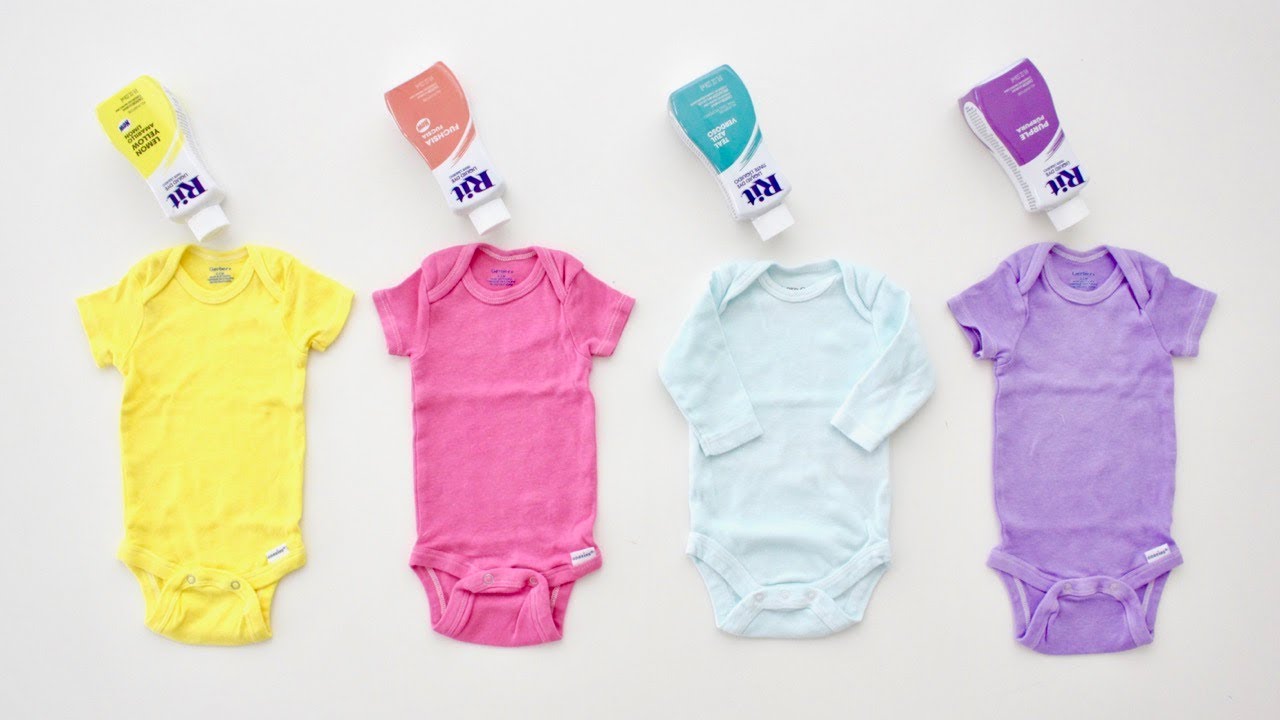The blue and white fabric is a captivating blend of colors that exudes a timeless charm and elegance. This exquisite textile effortlessly combines the soothing hues of blue and the crisp purity of white, creating a visually stunning masterpiece. Crafted with meticulous attention to detail, this fabric showcases a mesmerizing pattern that is both intricate and harmonious, making it a true feast for the eyes.
The blue in this fabric is reminiscent of clear skies and tranquil waters, evoking a sense of tranquility and calmness. It adds a touch of serenity to any setting, creating an atmosphere of peacefulness and relaxation. Meanwhile, the white elements bring a sense of purity and freshness, symbolizing clarity and new beginnings. The combination of these two colors forms a balanced and harmonious composition, offering a delightful visual experience.
Not only does the blue and white fabric possess a striking aesthetic appeal, but it also boasts exceptional quality. Its fibers are lovingly crafted with care, ensuring a soft and luxurious feel against the skin. Its durability ensures that it will withstand the test of time, allowing you to enjoy its beauty for years to come.
Whether used in home decor, fashion, or any other creative endeavor, this blue and white fabric is sure to captivate and inspire. Its intricate design and soothing colors make it a versatile choice, capable of enhancing any space or outfit. Dive into the world of timeless elegance with the blue and white fabric, and let its beauty be the centerpiece of your next project.

The History and Significance of Blue and White Fabric
Blue and white fabric has a rich history and holds great significance in various cultures around the world. The combination of these two colors has been used in textiles for centuries, creating stunning patterns and designs that continue to captivate people to this day. In this article, we will explore the origins of blue and white fabric, its cultural importance, and its enduring appeal.
The Origins of Blue and White Fabric
Blue and white fabric can be traced back to ancient China, where the technique of decorating textiles with these colors first emerged. The Chinese discovered how to produce a vibrant blue dye called indigo, which became highly sought after and was eventually exported to other parts of the world. The combination of indigo blue and white created a striking contrast that was both visually appealing and culturally significant.
Indigo was derived from the leaves of the indigofera tinctoria plant, which was cultivated in large quantities in China. The dyeing process involved fermenting the leaves and then soaking the fabric in the resulting indigo solution. This technique, known as indigo dyeing, allowed the blue color to penetrate the fabric while leaving the white areas untouched.
The Cultural Significance of Blue and White Fabric
Blue and white fabric holds deep cultural significance in many societies. In China, for example, it symbolizes purity, wisdom, and good fortune. The color blue is associated with heaven, while white represents purity and cleanliness. By combining these two colors, the fabric embodies a harmonious balance of yin and yang, which is highly valued in Chinese culture.
In addition to China, blue and white fabric also holds cultural importance in other parts of Asia, such as Japan and India. In Japan, the traditional indigo dyeing technique called “shibori” is used to create intricate patterns on fabric. These patterns often feature a combination of blue and white, representing tranquility and elegance.
In India, blue and white fabric has a strong association with the art of block printing. This traditional technique involves carving intricate designs onto wooden blocks, which are then dipped in indigo dye and stamped onto the fabric. The result is a beautiful pattern that showcases the timeless beauty of blue and white.
The Enduring Appeal of Blue and White Fabric
Despite its ancient origins, blue and white fabric continues to be highly sought after in the modern world. Its timeless appeal lies in its versatility and ability to adapt to different styles and design aesthetics. Whether used in traditional or contemporary settings, blue and white fabric adds a touch of elegance and sophistication to any space.
Furthermore, blue and white fabric has become a popular choice for interior design, as it can effortlessly complement a wide range of color palettes. Whether paired with neutrals for a classic look or combined with bold colors for a more eclectic style, blue and white fabric brings a sense of calm and serenity to any room.
Conclusion
In conclusion, blue and white fabric has a rich history and holds great cultural significance in various parts of the world. Its origins in ancient China and subsequent spread to other cultures have solidified its status as a timeless and beloved textile choice. Whether used in traditional or contemporary designs, blue and white fabric continues to captivate people with its beauty and versatility.
“Dye Fabric Like a Pro: Effortless Techniques Unveiled!”
List of Blue and White Fabric
Blue and White Fabric
| Pattern | Description | Origin |
|---|---|---|
| Chinoiserie | Chinoiserie is a popular pattern in blue and white fabrics that originated in Europe during the 17th and 18th centuries. It often features exotic Chinese-inspired motifs, such as pagodas, dragons, and delicate floral designs. | Europe |
| Toile de Jouy | Toile de Jouy is a classic French fabric known for its intricate scenes and delicate motifs. It commonly depicts pastoral or historical scenes in a blue and white color palette, creating an elegant and timeless look. | France |
| Ikat | Ikat is a traditional dyeing technique that originated in various parts of the world, including Central Asia, Southeast Asia, and South America. Blue and white ikat fabrics are renowned for their vibrant patterns created through a resist-dyeing process. | Various |
| Gingham | Gingham is a simple yet classic checkered pattern that is often seen in blue and white. Originating from Southeast Asia, this fabric has become popular worldwide and is commonly used in casual and country-style designs. | Southeast Asia |
| Indigo Shibori | Shibori is a traditional Japanese dyeing technique that involves folding, twisting, or binding fabric before dyeing it. Indigo-dyed shibori fabrics showcase beautiful blue and white patterns, with each piece being unique due to the handmade nature of the process. | Japan |
Blue and white fabrics have a rich history and are revered for their timeless appeal. Whether it’s the intricate scenes of Toile de Jouy or the exotic motifs of Chinoiserie, these fabrics effortlessly add a touch of elegance and sophistication to any space. The vibrant patterns of ikat and the simplicity of gingham also make blue and white fabrics versatile for various design styles. Indigo shibori, on the other hand, offers a more artisanal and unique touch, perfect for those seeking a one-of-a-kind statement piece. With their enduring charm, blue and white fabrics continue to be a beloved choice among interior designers and fabric enthusiasts alike.

